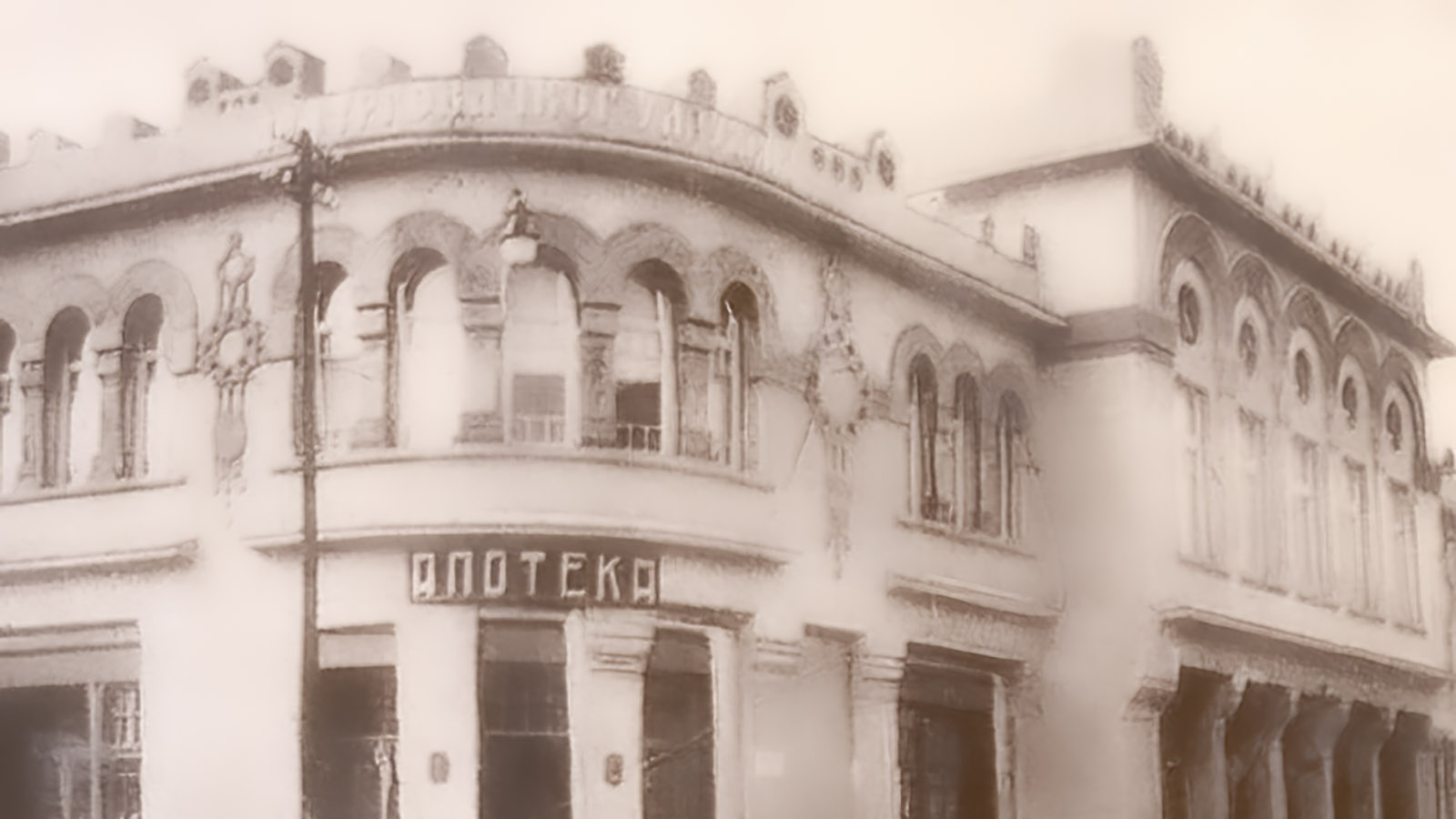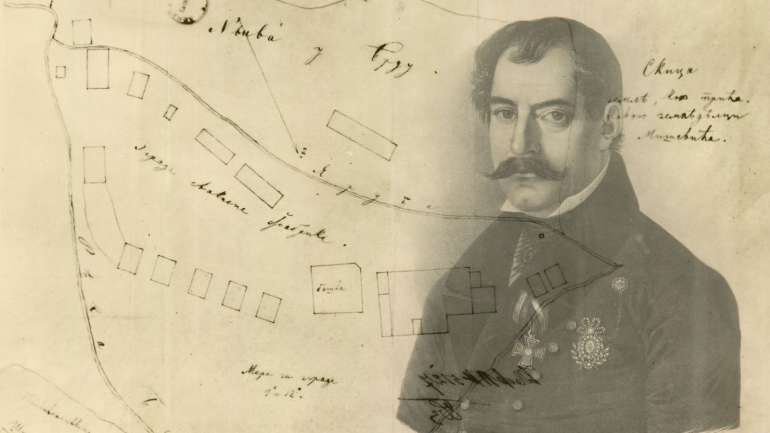By: Branislav Cvetković, museum advisor
Activities of museum professionals, as well as those from protection of monuments of culture in general, are based on strict procedures aimed at preservation and research of cultural assets, in accordance with legal acts, and on creating the best possible documentation of heritage in both traditional and digitized ways.
The blog page on our Museum’s website occasionally points to complex issues and challenges in preservation of cultural-historical monuments and heritage in all its forms. Almost a year ago, our colleague Jasmina Trajkov dedicated a blog to the once beautiful palace in our town of, which was known as House of Jagodina Merchants, built from 1930 to 1932. In that detailed review of the building which includes accounts of its exterior, interior features and the architect Momir Korunović, a number of data from the earliest history of the palace are attached, as well as precious snapshots of the facades and the ceremonial hall, before the building’s purpose was changed after the II World War, resulting in addition of a floor and unreasonable destruction of the original facade and its polychromy.
This blog renders some more field shots of the hall of the former House of Jagodina Merchants during a visit of the building in 2007, after the Museum received a subsequently found portrait of Petar Taušanović as a gift, the work of Vikentije Ivanov, which was originally located in one of the medallions of the its hall. The photographs show certainty of constant discontinuities of domestic culture, as evidenced by the state coats of arms of the Yugoslavia and the Serbia placed over the Art Nouveau ornamentation. The fate of this unfortunate object is uncertain, but the multi-decade attitude towards our own heritage is evident on this example.





